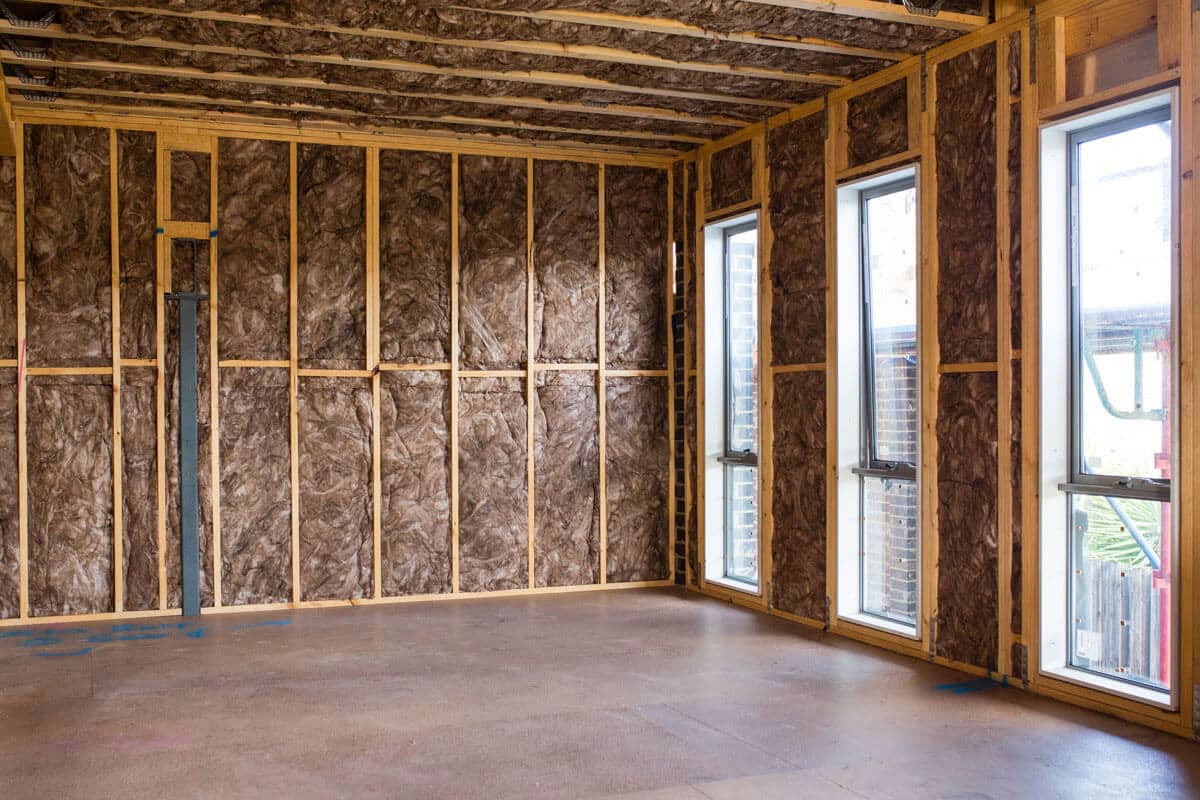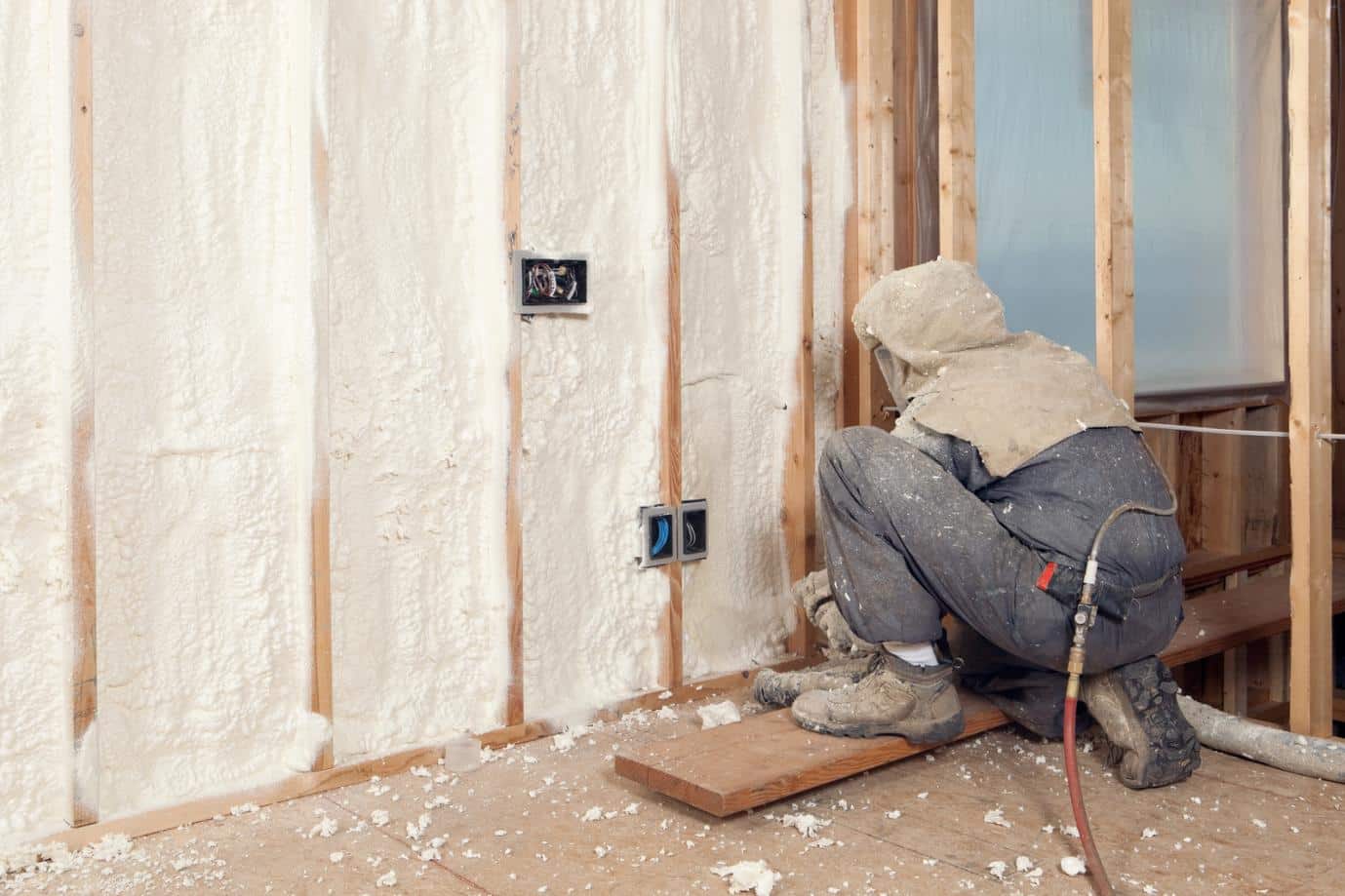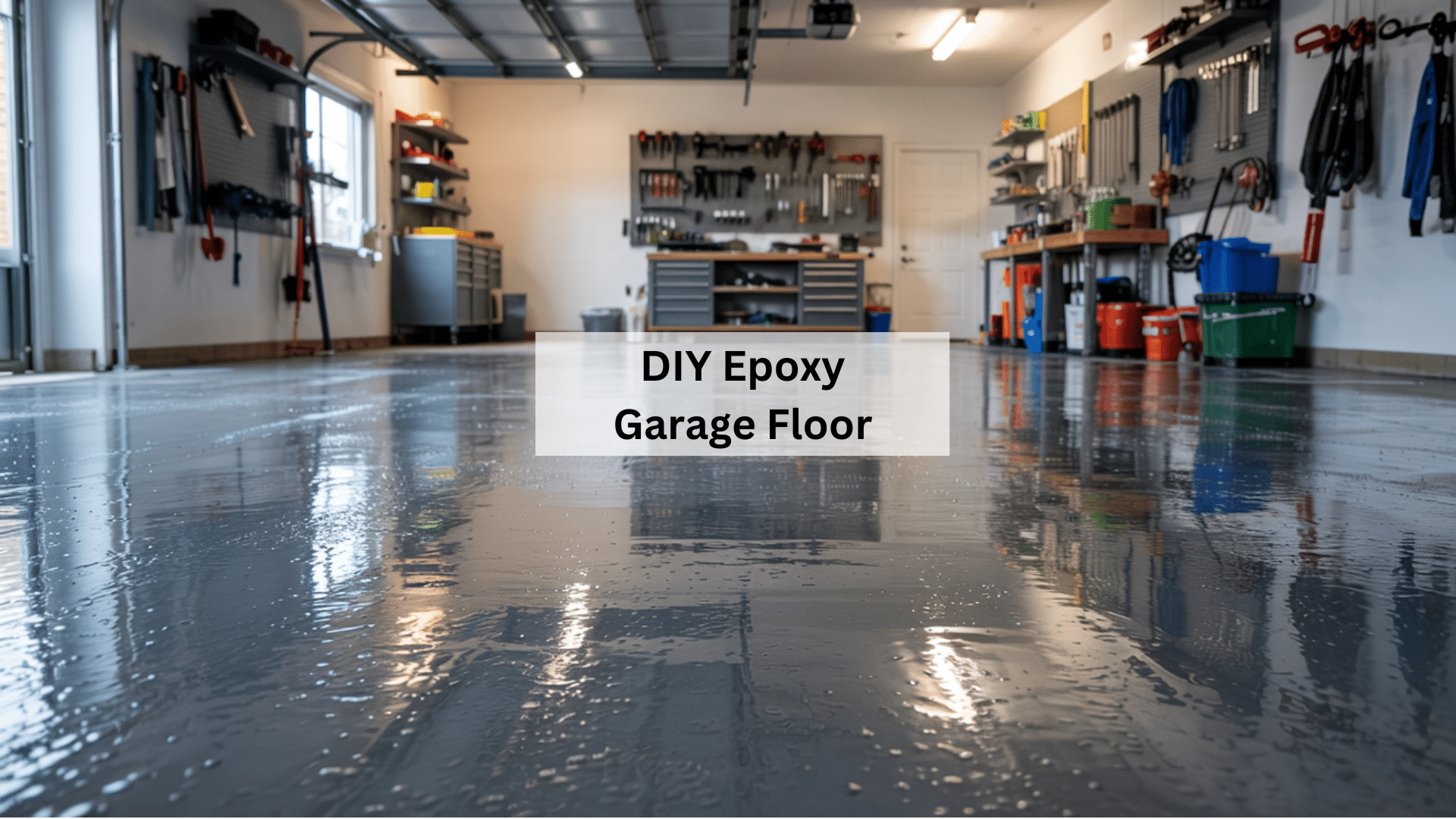Securing the Most Common Entry Points of Unwanted Pests
Crawling and flying pests are a major home problem for homeowners. No matter how much you spray, they keep returning. These bugs are incredibly talented at finding warm and dark crevices and spots to hide, making eliminating them lengthy since they’re hard to locate. They destroy your home, plus they carry diseases that can threaten your loved one’s health.
It’s crucial to keep them away to protect your family. Learn the high-risk areas for infestations and how to block the entry points so they can never enter your home.
1. Roofs
A typical entry point for rodents, bats and insects is the roof. Unless the crack or damage is big enough, you need to access your roof and visually check the existing condition of the seal coat. Look for spots requiring repair to stop the pests from invading your home.
Sealing the roof is easy, but if you don’t have experience working with heights, get the help of a professional or other family members. Use a sturdy ladder that can support your weight for checking the roof, gutter and all high-point areas. Prioritize safety by ensuring you have the right tools. Then, choose from silicone, polyurethane, liquid rubber and acrylic sealants. If you decide to do the sealing yourself, have all the tools and supplies you need on hand before climbing the ladder.
2. Gutters
Besides the roof, unmaintained gutters can entice insects and pests to break into your dwelling. Make sure you clean them along with the roof. Remove the stuck leaves and gunk to prevent infestation.
You can install gutter guards to prevent debris from entering the gutters and make maintenance easy. Pick between screen, mesh, reverse-curve and brush types. Regardless of your choice, keeping the gutters dry is the best way to deter insects.
3. Eave and Soffit Vents
Wasps and bugs can make their way in through the eave and soffit vents, so don’t be surprised if you see them in your kitchen or living room. Insects and pests can easily access cracks and crevices in higher building points as they can in gaps near the ground.
A stainless or copper mesh installed in the soffit will provide a barrier to stop insects from entering the attic. If you already have one, check if it needs replacement or repair. Reinforce the sealing using silicone caulking to plug any gap. Do the same thing with eaves.
4. Windows
Bugs are especially drawn to the windows because they provide the best environment pests need — a moist and warm area. Bugs love warmer surfaces and the space around the window is the perfect corner since the area below the sill absorbs heat, providing slow insects the needed heat to move during cold weather. The clash of indoor and outdoor temperatures in and out of the windows creates condensation, providing moisture for the bugs.
Before beetles, mites and barkflies take over your home, seal holes so they can’t enter. Check and repair gaps in the siding and cracks in the foundation. Replace torn window screens and use caulk to fix cracks. Regularly check your home or schedule an annual inspection so you know immediately when sealing is necessary.
5. Garage Doors
The garage is a popular spot for rodents. They often find a way to infiltrate the rest of your private space through it. Finding them inside your home can feel distressing even after ensuring the area is well-maintained. However, what’s more concerning is their potential health risks. They carry many diseases, including insects like ticks, mites and fleas.
The garage is a well-loved entry point for pests needing shelter or who are looking for a safe space to reproduce. They infiltrate through pipes, air ducts, vents and drains. Using the garage to store food products, plants and grains can also attract those little creatures.
Ensure you tighten seals around all access spots. Seal the openings. Patch up the holes caused by the wear and tear of garage materials. Once a month or so, check for signs of damaged sealant and reseal it right away.
6. Doors
The next area to pest-proof is the interior and exterior of the doors. Install sweeps to close the space between the bottom door and the threshold. A gap of 1/16 inch or less will allow spiders to enter, a 1/4-inch opening is enough for mice to infiltrate and a 1/2 inch for a rat to break into your home.
You have multiple sealing options, from vinyl or rubber to nylon brush strips. Weatherstripping on side openings or cracks keeps smaller insects like stink bugs and cockroaches out. Install a metal kick plate on the door’s exterior for heavy rodent activity to reinforce door sweeps.
7. Exhaust Fans and Vents
Sealing the exhaust fan and vents benefits you in two ways: It reduces the amount of cold air from escaping the home, saves you energy and keeps pests away.
Exhausts and vents around the home can house infestations and the gaps allow for crawling and flying insects to intrude. Use a caulk gun, spray foam, and backdraft damper to seal any openings. The caulk gun can fill small holes and gaps, while you can install insect screens with the backdraft damper to block pests.
Seal Cracks to Pest-Proof Your Home
Sealing your home can keep pesky insects away and protect your family from diseases. Fortunately, weather stripping, caulk, spray foam and other tools can effectively deter them. The next time you see crawling insects in your home, check these high-risk areas for pest invasions and get your caulking gun ready for a sealing action.







